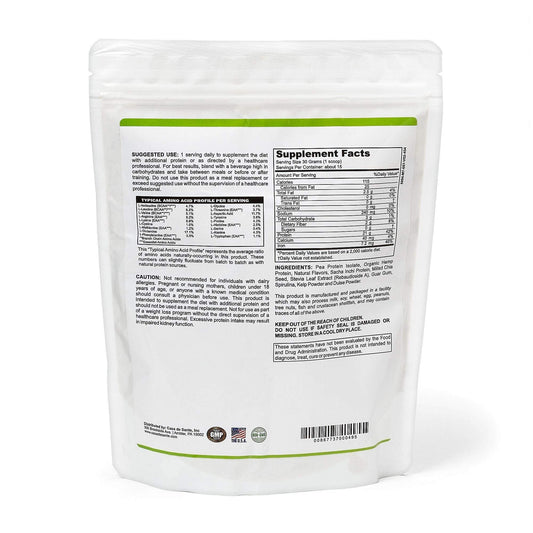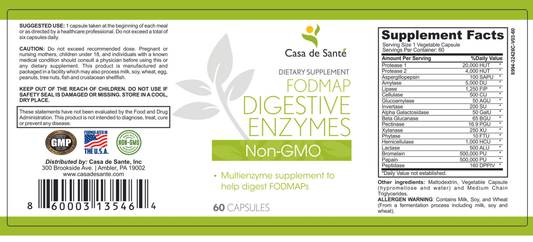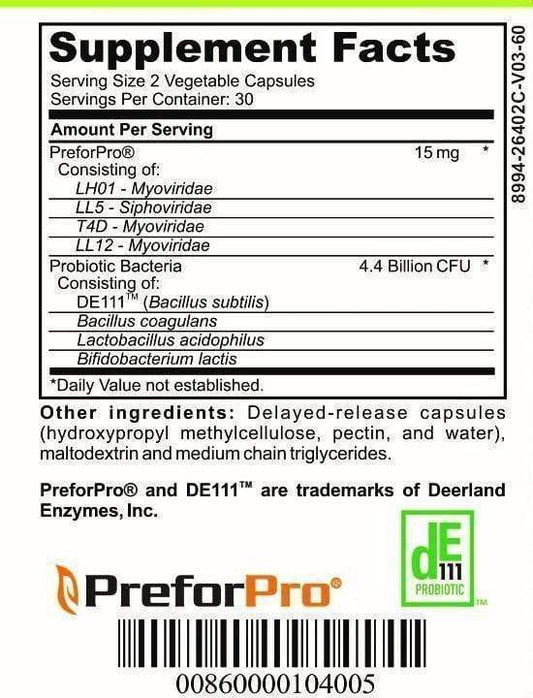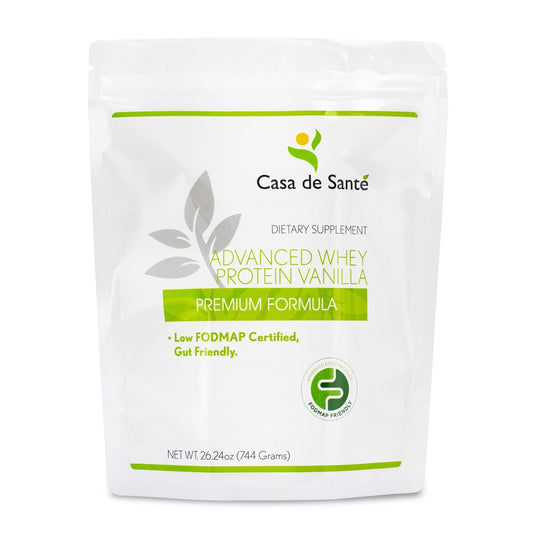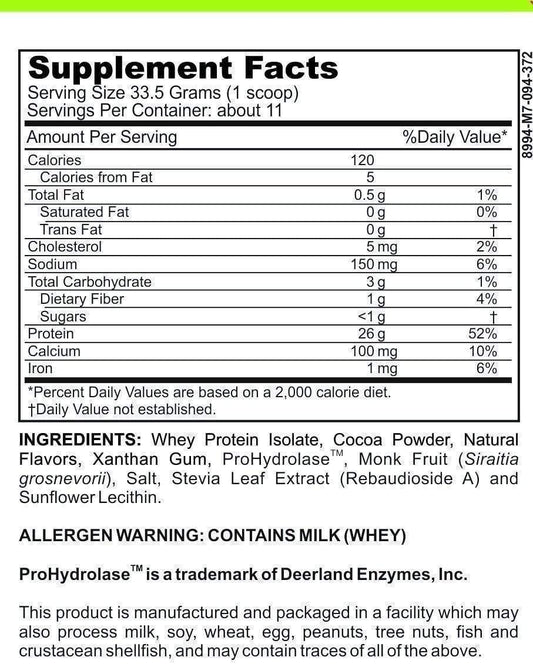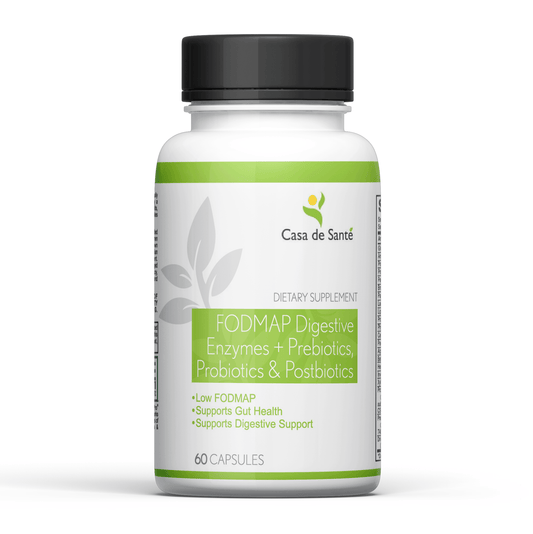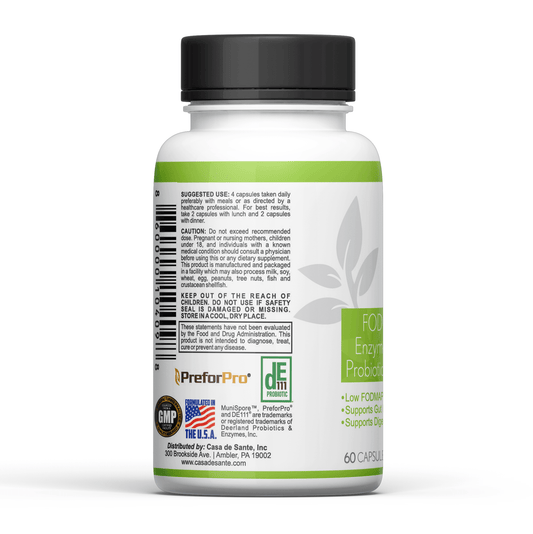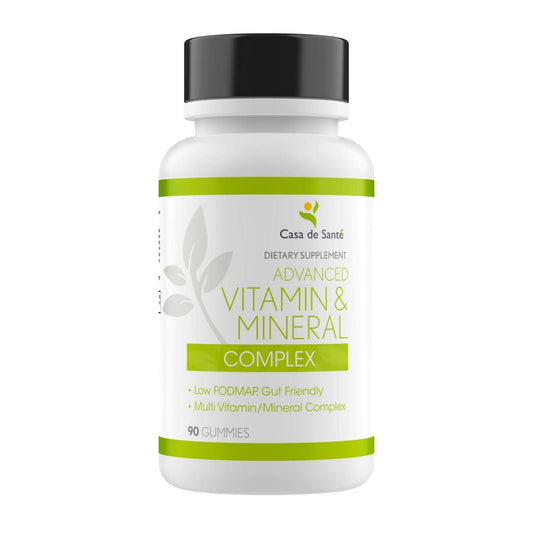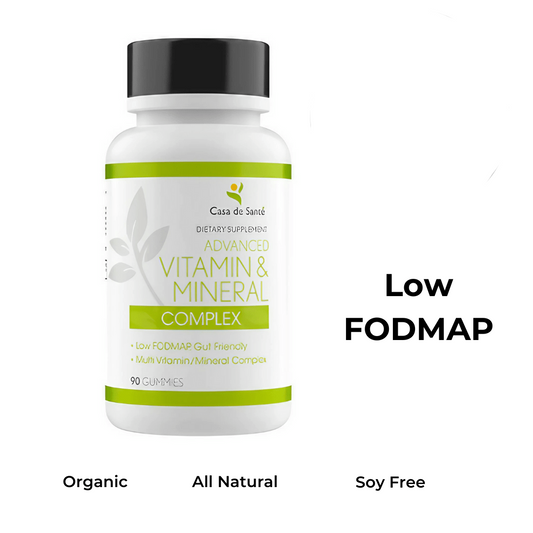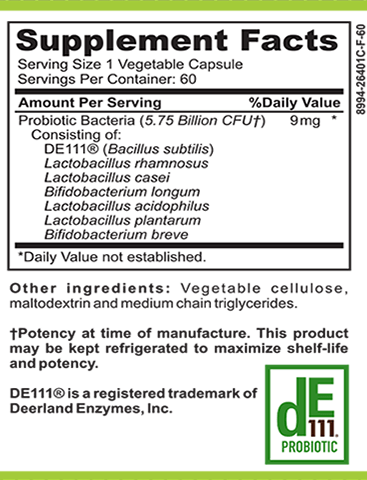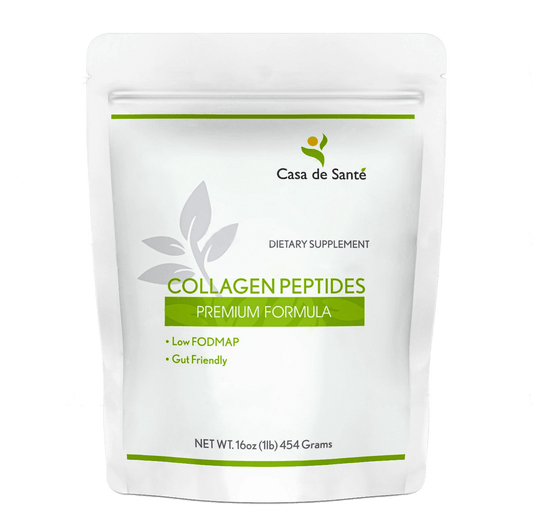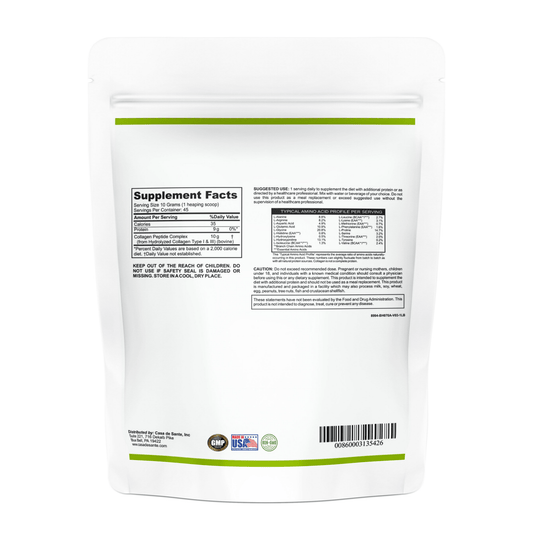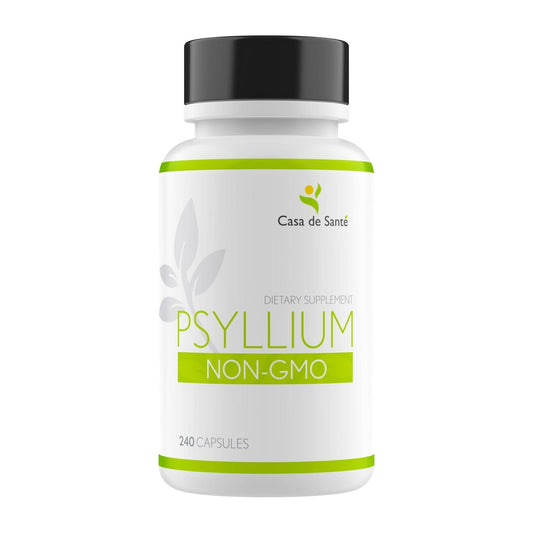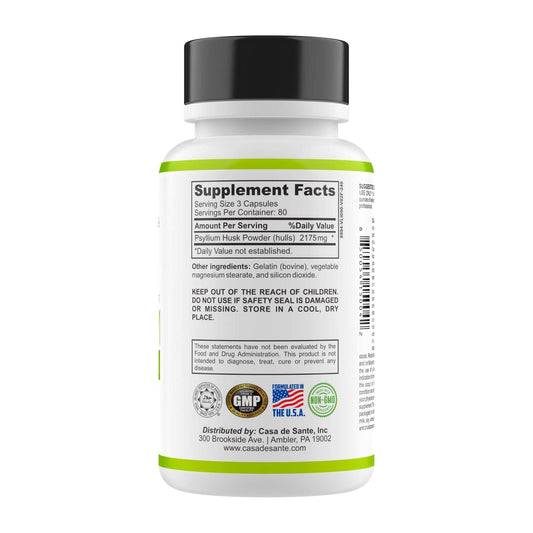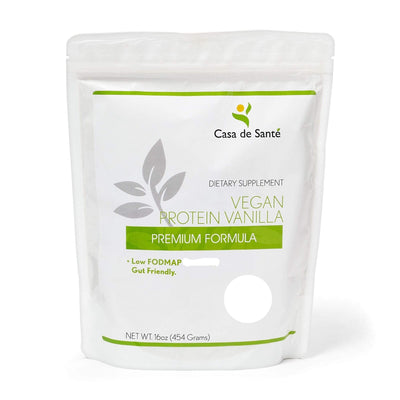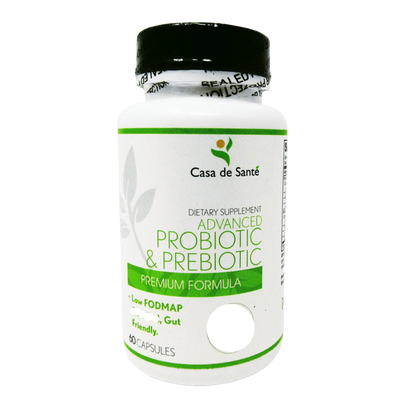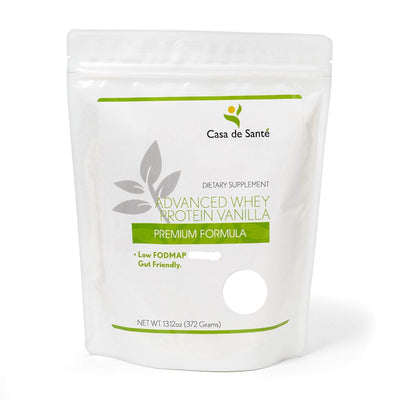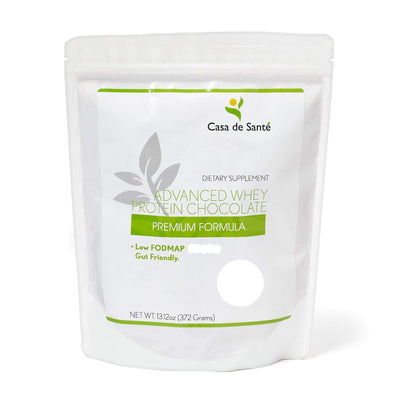Is Bell Pepper High In Histamine
Is Bell Pepper High In Histamine
Bell peppers are a popular vegetable known for their vibrant colors and crisp texture. However, if you have histamine intolerance, you may be wondering if bell peppers are high in histamine and if they should be avoided in your diet. In this article, we will explore the histamine content of bell peppers, their nutritional profile, and how to manage histamine intolerance.
Understanding Histamines: What They Are and How They Affect the Body
Histamines are chemicals that are naturally produced by the body as part of its immune response. They play a crucial role in various bodily functions, including regulating digestion, controlling sleep-wake cycles, maintaining blood pressure, and even influencing mood. Let's delve deeper into the fascinating world of histamines and explore their multifaceted impact on our overall well-being.
The Role of Histamines in Allergic Reactions
When the body detects potential threats, such as pollen or certain foods, it releases histamines to defend itself. This histamine release can cause a variety of symptoms, including itching, sneezing, hives, and even anaphylaxis in severe cases. Allergies, whether seasonal or food-related, can disrupt our daily lives and make us feel miserable. It's important to understand the mechanisms behind these reactions to effectively manage and alleviate the symptoms.
Furthermore, histamines are not solely responsible for allergies. They collaborate with other immune system components, such as mast cells and basophils, to initiate an immune response. This intricate interplay between histamines and other immune mediators highlights the complexity of allergic reactions and the need for comprehensive treatment approaches.
Moreover, histamine intolerance is an emerging concept that deserves attention. Some individuals may experience histamine intolerance, which occurs when the body is unable to properly break down histamine, leading to an accumulation of histamine in the body. This intolerance can manifest as a wide range of symptoms, including headaches, nasal congestion, fatigue, and digestive issues. Recognizing and managing histamine intolerance is essential for improving the quality of life for those affected.
Histamines and Digestive Health
In addition to their role in allergic reactions, histamines also play a crucial role in digestion. They help stimulate the release of stomach acid, which aids in the breakdown of food. This acid secretion is essential for proper digestion and nutrient absorption. However, those with histamine intolerance may experience digestive symptoms such as bloating, diarrhea, or abdominal pain when consuming foods high in histamine.
Furthermore, histamines are not only present in certain foods but can also be produced by bacteria during the fermentation process. This is particularly relevant for individuals with histamine intolerance, as they may need to be cautious about consuming fermented foods, such as aged cheeses, sauerkraut, or wine, to avoid triggering unwanted symptoms.
Understanding the intricate relationship between histamines and digestive health can empower individuals to make informed dietary choices and seek appropriate medical guidance when needed. By managing histamine levels effectively, individuals can optimize their digestive well-being and reduce discomfort.
As we continue to unravel the complexities of histamines and their impact on the body, it becomes evident that these chemical messengers play a vital role in our overall health. From their involvement in allergic reactions to their influence on digestion, histamines are a fascinating subject of study. By understanding the intricate mechanisms behind histamine-related conditions, we can develop targeted therapies and interventions to improve the lives of those affected. So, let's dive deeper into the world of histamines and unlock the secrets they hold!
The Nutritional Profile of Bell Peppers
Bell peppers are not only delicious but also packed with essential nutrients. They are low in calories and rich in vitamins and minerals, making them a healthy addition to any diet.
When it comes to vitamins and minerals, bell peppers truly shine. They are particularly rich in vitamin C, which plays a vital role in boosting the immune system and supporting healthy skin. In fact, just one medium-sized bell pepper provides more than 100% of the recommended daily intake of vitamin C! This powerful antioxidant not only helps protect the body against harmful free radicals but also aids in collagen production, which is essential for maintaining healthy skin and connective tissues.
But vitamin C is not the only nutrient bell peppers have to offer. They also contain significant amounts of vitamin A, which is crucial for maintaining good vision and a healthy immune system. Vitamin K, another important nutrient found in bell peppers, plays a key role in blood clotting and bone health. And let's not forget about vitamin B6, which is involved in brain development and function.
When it comes to minerals, bell peppers are a good source of potassium and magnesium. Potassium is essential for maintaining proper heart and muscle function, while magnesium is involved in over 300 biochemical reactions in the body, including energy production and nerve function.
But the benefits of bell peppers don't stop there. These colorful veggies are also packed with dietary fiber, which is important for digestive health. Fiber helps regulate bowel movement, prevents constipation, and promotes feelings of fullness, making it a valuable asset for weight management. Additionally, bell peppers contain antioxidants such as carotenoids, which have been linked to a decreased risk of chronic diseases like heart disease and certain types of cancer.
So, next time you're planning your meals, don't forget to include bell peppers. Whether you're looking to boost your immune system, improve your skin health, or support your overall well-being, these nutrient-packed veggies have got you covered.
Histamine Content in Bell Peppers
Contrary to what some might believe, bell peppers are actually low in histamine. Freshly harvested bell peppers have minimal amounts of histamine, as they have not undergone any processing or aging that could increase histamine levels.
When it comes to bell peppers, their low histamine content makes them a great choice for individuals with histamine intolerance or allergies. Not only are they delicious and versatile in various dishes, but they also offer a range of health benefits.
Factors Influencing Histamine Levels in Foods
It's important to note that the histamine content of foods can increase as they age or undergo fermentation. This is because bacteria naturally present on foods can produce histamine as part of the fermentation process. However, when it comes to bell peppers, as long as they are consumed fresh and not stored for an extended period, histamine levels are typically low.
Furthermore, the histamine levels in bell peppers can also be influenced by factors such as the variety of the pepper and the conditions in which they are grown. Different varieties may have slightly different histamine levels, but overall, bell peppers remain a safe choice for those with histamine sensitivities.
Measuring Histamine Levels in Bell Peppers
To ensure an accurate assessment of the histamine content in bell peppers, it is recommended to rely on laboratory analysis. There are various testing methods available that can measure histamine levels in foods, providing reliable information for those with histamine intolerance or allergies.
These testing methods involve sophisticated equipment and techniques that can detect even trace amounts of histamine in bell peppers. By relying on laboratory analysis, individuals can make informed decisions about their dietary choices and manage their histamine-related conditions more effectively.
It's worth noting that while laboratory analysis provides valuable information, it is also important to listen to your body and pay attention to any symptoms or reactions you may experience after consuming bell peppers or any other food. Everyone's tolerance to histamine can vary, so it's essential to find what works best for you.
Comparing Histamine Levels in Different Types of Peppers
While bell peppers have low histamine content, it's worth exploring whether there are any significant differences in histamine levels between different types of peppers.
Peppers, belonging to the Capsicum genus, are a diverse group of plants that come in various colors, shapes, and sizes. They are not only used to add flavor and spice to dishes but also offer numerous health benefits. One aspect that researchers have been curious about is the histamine content in different types of peppers.
Green, Red, Yellow, and Orange Bell Peppers: Is There a Difference?
When it comes to histamine content, there is no significant difference between green, red, yellow, or orange bell peppers. The variation in color is primarily due to the ripening process, with green bell peppers being less ripe and red, yellow, or orange bell peppers being more mature. The histamine content, however, remains relatively constant across all stages of ripeness.
Bell peppers, also known as sweet peppers, are a popular choice in many cuisines due to their mild flavor and crisp texture. They are rich in vitamins A and C, as well as antioxidants that help boost the immune system and promote overall health. Whether you prefer the tangy taste of green bell peppers or the sweeter notes of red, yellow, or orange bell peppers, you can enjoy them without worrying about histamine levels.
Hot Peppers vs. Bell Peppers: A Histamine Comparison
Hot peppers, such as jalapenos or habaneros, are often associated with a burning sensation and are known for their spiciness. However, in terms of histamine content, hot peppers do not differ significantly from bell peppers. Both hot peppers and bell peppers have low histamine levels and can generally be tolerated by individuals with histamine intolerance.
Hot peppers, unlike bell peppers, contain a compound called capsaicin, which is responsible for their fiery heat. Capsaicin has been found to have various health benefits, including pain relief, improved digestion, and potential cancer-fighting properties. While some individuals may experience discomfort or allergic reactions to capsaicin, it is not directly related to histamine levels.
It's important to note that histamine intolerance can vary from person to person, and while bell peppers and hot peppers generally have low histamine levels, individuals with severe histamine intolerance should consult with a healthcare professional before consuming them in large quantities.
Managing Histamine Intolerance
If you have histamine intolerance, it's important to manage your diet to minimize symptoms and improve your overall well-being.
Foods to Avoid for Histamine Intolerance
While bell peppers are generally safe for those with histamine intolerance, there are other foods that are known to be high in histamine and may trigger symptoms. These foods include aged cheeses, fermented foods such as sauerkraut and kimchi, cured or smoked meats, and alcoholic beverages. It's important to note that individual tolerance levels may vary, and some people may need to avoid additional foods that are personal triggers.
Tips for a Low-Histamine Diet
If you are following a low-histamine diet, here are some helpful tips:
- Avoid or limit foods that are known to be high in histamine.
- Opt for fresh, unprocessed foods whenever possible.
- Store foods properly to prevent the growth of histamine-producing bacteria.
- Consider working with a registered dietitian who specializes in histamine intolerance to ensure you are meeting your nutritional needs while managing your symptoms.
In conclusion, bell peppers are generally low in histamine and can be enjoyed by individuals with histamine intolerance. Alongside their low histamine content, bell peppers offer a range of valuable nutrients that contribute to overall health. Remember to listen to your body and work with a healthcare professional to determine the best approach to managing your histamine intolerance.


